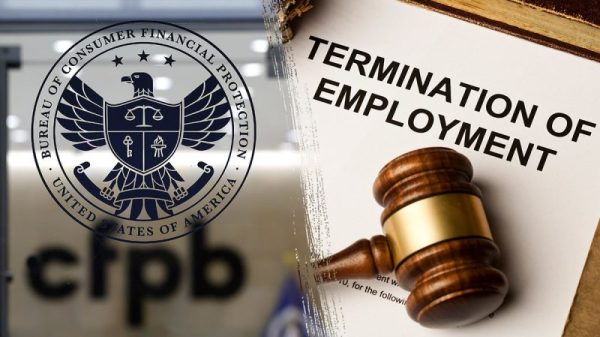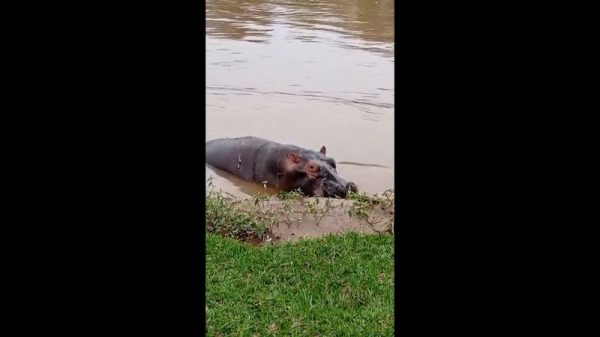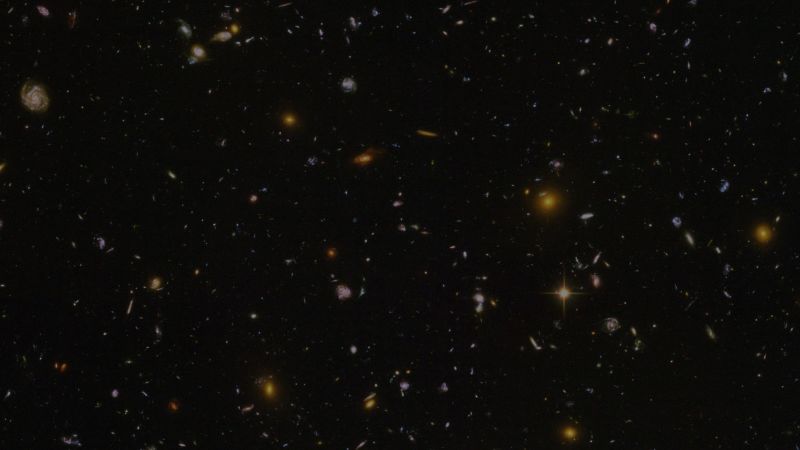Spiders spin silken webs to capture flies and other tiny prey. They’re also trapping a wealth of DNA from the surrounding environment, a hidden resource that Australian scientists said could be used to track endangered animals and monitor ecosystems.
Spiderwebs collected from two locations around Western Australia’s Perth — Perth Zoo and the Karakamia woodland sanctuary — revealed the genetic signature of 93 animals, including native kangaroos and koalas and captive elephants and zebras, according to a study published last week in the journal iScience.
Spiderwebs might be a useful way to keep an eye on what animals are around us, according to study coauthor Joshua Newton, a doctoral student at Curtin University’s School of Molecular and Life Sciences near Perth.
“These webs, often overlooked in biodiversity studies, proved to be reservoirs of genetic information,” Newton said in a press release.
“With only trace amounts of DNA needed to identify animals, this cheap and non-invasive method could be a game-changer in how we explore and protect our terrestrial biodiversity.”
All organisms leave behind fragments of DNA in the form of skin cells, hair or bodily fluids, and this genetic material is known as environmental DNA or eDNA.
Scientists have been able to detect animal DNA in the air. Two proof-of-concept studies published in 2022 recovered the DNA of multiple animals from air samples collected from Copenhagen Zoo in Denmark and Hamerton Zoo Park in the United Kingdom.
The Australian study takes the idea a step further, removing the need for any equipment, such as a fan or air filter, to collect the sample.
Webs, the authors said, “are ubiquitous in many natural and anthropogenic environments, found in an array of microhabitats worldwide, and naturally selected to act as sticky traps.”
What’s more, spiderwebs are really easy to collect, Newton said. “I liken it to when Princess Fiona in Shrek makes a spiderweb fairy floss for Shrek. She just grabs a stick and wraps it all up. That’s basically what I do,” he explained. “I bring it back into the lab and then we take the DNA off of it using pretty standard extraction methods.”
Techniques involving eDNA already have made a significant impact across different fields of scientific research. Archaeologists are using eDNA found in cave dirt to understand ancient human populations, while eDNA from cores of Arctic earth has revealed where mammoths and other ice age animals used to roam.
It’s being used in conservation, and the technique was deployed in the rediscovery of the blind golden mole, which was found using eDNA 87 years after wildlife experts feared the species had gone extinct.
Similar techniques are used to sample eDNA in sewage to detect and track diseases such as Covid-19 in human populations.
Elizabeth Clare, a professor in the department of biology at York University in Ontario, Canada, who led one of the 2022 studies on sampling eDNA but wasn’t involved in this research, said she loved the idea of using spiderwebs.
“It’s wonderfully non-invasive (unless you are the spider!). It does not surprise me at all that it works,” she said via email.
“We have continued to pursue eDNA from air sources and I think, once we sort out the methods, airborne eDNA is going to be extremely successful,” she added.
Creatures great and small
At Perth Zoo, species that were detected spanned in size from the pygmy marmoset to the Asian elephant. At both sites, the zoo and the Karakamia woodland sanctuary, they were able to detect animals of varying behavior and lifestyle, including the arboreal common brushtail possum, ground-dwelling animals such as the giraffe, nocturnal species and animals with fur, feathers, scales and naked skin.
Almost double the species were detected at the zoo (61) compared with the woodland (32). The authors said this difference was likely because the greater density of animals at the zoo increased the chances of detection.
The different types of spiderweb collected may also affect the types and quantity of DNA collected, the study noted.
In the Karakamia woodland area, 50 kilometers (31 miles) away from the zoo, the team collected more two-dimensional orb webs from Araneidae and Phonognathidae spider families.
By contrast, the majority of webs collected at Perth Zoo were from the Desidae and Theridiidae families, both with tangled, irregular web arrangements.
Newton said that different types of webs might suit particular types of analysis.
“A lot of the orb spiders will take down their web in the morning and then rebuild them at night,” he said, allowing scientists to gather DNA over a specific period.
Next, the team are going to see how spiderwebs compare with other materials that absorb or collect eDNA, including soil and water.
“I think the big unknown for a lot of (this) is how far the DNA is traveling.”







































